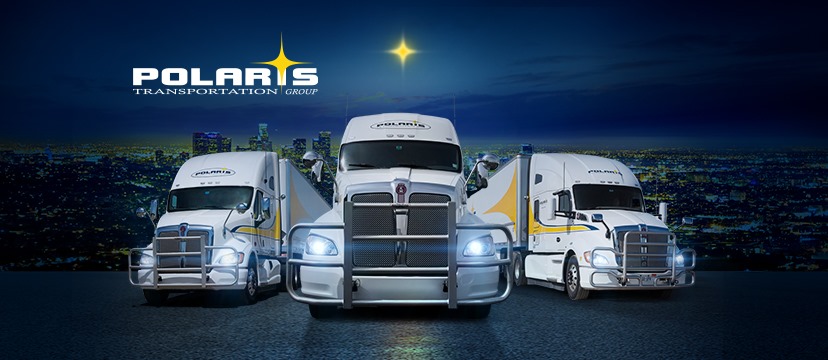- Open an Account
- Shop Polaris
- Training Centre
- Get A Quote
-
1.800.409.2269
- FR


At Polaris, we are actively monitoring the evolving situation with the coronavirus (COVID-19) and are fully prepared to handle the pandemic. Read more
QUICK TRACK


SHIPPING TO THE USA AND CANADA
Cross Border Shipping FAQs
- I have never shipped to the USA or Canada. What do I need?
You will need to choose a customs broker for either the USA or Canada to clear your freight. For Canada, you'll need a Canadian customs broker and a PARS number from a cross border carrier. For the USA, you'll need an American customs broker and a SCAC code from a cross border carrier. If you need recommendations for customs brokers, we work with over 100 customs brokers daily and would gladly help connect you. - What documents do I need to ship to the USA or Canada?
To ship to Canada, you will need a BOL, a commercial invoice and a certificate of origin for CUSMA (the new NAFTA agreement) if applicable. To ship to the USA, you will need similar documents including a BOL, an invoice and a certificate of origin for USMCA (if applicable). In both cases, you may also need additional paperwork if your shipment requires PGA (Partner Government Agency) approval such as CFIA, FDA, USDA, CPSC, etc. Your customs broker will guide you through the specific requirements for each shipment. - Do I need a customs broker to ship to the USA or Canada?
Yes. For both the USA and Canada, a customs broker will file your shipment electronically and calculate the duties and taxes required. - Do I need to use Harmonized System (H.S.) codes to classify my freight?
Yes. It is highly recommended for both the USA and Canada, as all commodities must be classified using the H.S. codes. - Do I need a specific carrier to move shipments into the USA or Canada?
No. You do not need an American or Canadian carrier specifically, but you do need a cross border carrier that is authorized to perform border crossings. The carrier, whether American or Canadian, must have a driver that can cross the border. - Do I pay duties on my shipment?
Yes. Duties and taxes apply to most shipments to both the USA and Canada. Your customs broker can advise you on the duties and any rebates you may be eligible for in each country. - Does the “Free Trade Agreement” mean my freight crosses the border for free?
No. The Free Trade Agreement refers to certain tariffs and duties that no longer apply between trade partners, but freight still incurs other costs when crossing the border. - Do I need country of origin markings (COO) on my freight?
Yes. For both the USA and Canada, the COO must always be marked on your freight. The expectation is that it is marked to the lowest external packaging unit. - Can a shipment move in bond?
Yes. A bonded carrier can move your shipment in bond. Polaris Transport is a Canadian bonded carrier and able to bring most dry goods in bond to Canada. For the USA, we are able to do this and move in bond to certain lanes. This allows your shipment to move through customs without immediate duty payment, providing flexibility in the logistics process. - What are Section 321 and Type 86?
Section 321 is a USA regulation that allows low-value shipments (valued at $800 or less) to enter the USA without paying duties or taxes. Type 86 is an entry type that facilitates the electronic clearance of these low-value shipments under Section 321. This entry type is particularly beneficial for e-commerce as it speeds up the clearance process and reduces costs for businesses. However, it's important to note that certain restrictions apply and not all goods are eligible for this exemption. Your customs broker can help determine if your shipment qualifies for Section 321 and Type 86 entry.
Your LTL freight arrives at the place and time you need without delay
For a downloadable PDF version of our FAQs click here or read to our Glossary of Terms.
CUSMA resources
- CUSMA (CANADA UNITED STATES MEXICO AGREEMENT) (Also known as USMCA in USA)
- CUSMA: What importers need to know
Downloadable Shipping Documents
- Canada Customs invoice
- B13 Export Declaration
- USMCA - Certificate of Origin
- Toxic Substance Control Act (TSCA) Certification
- Importer Identity Form (5106)
- FCC 740 Radio Frequency Devices - Word/PDF Format
- Textile Declaration - PDF
Send us a message!






